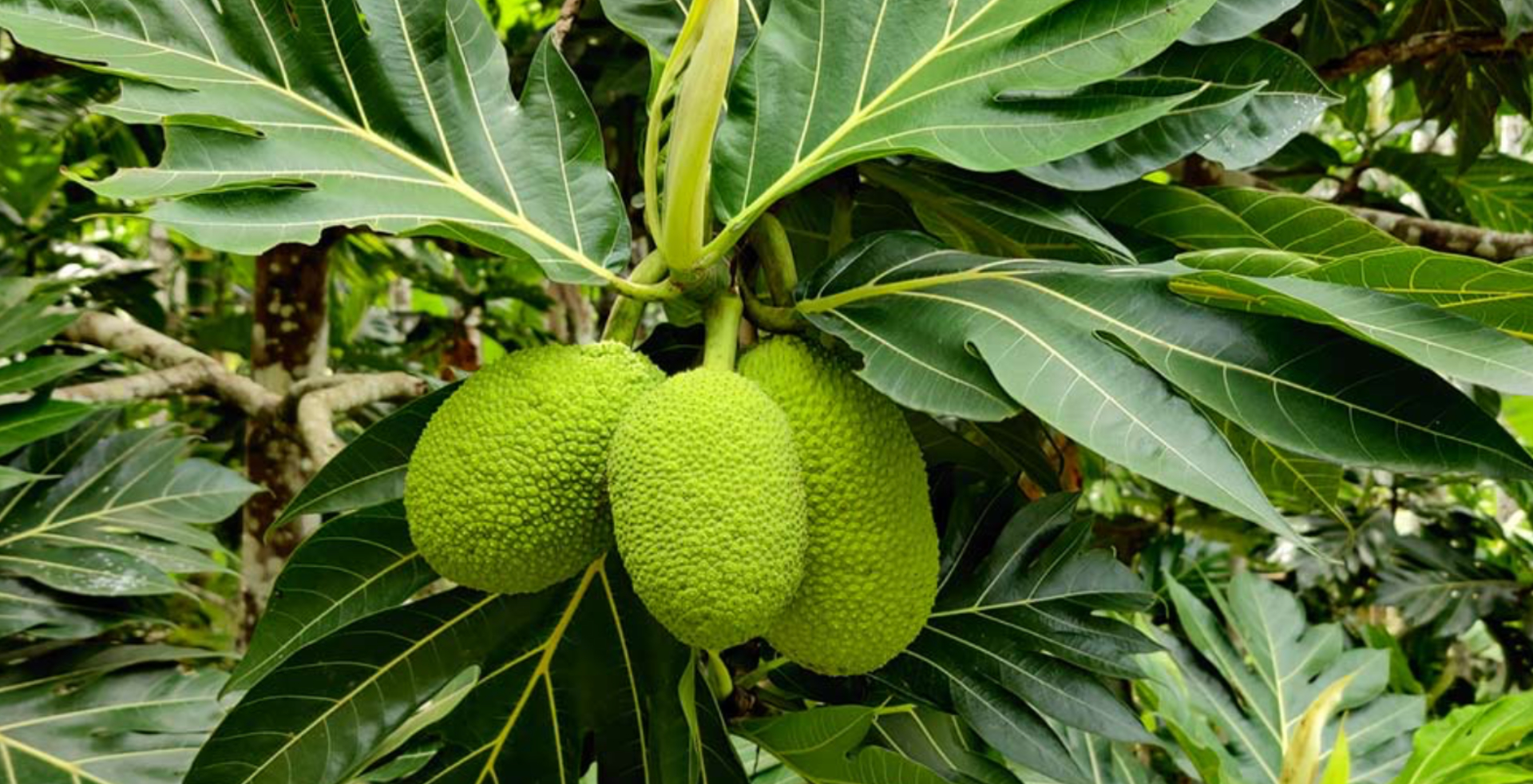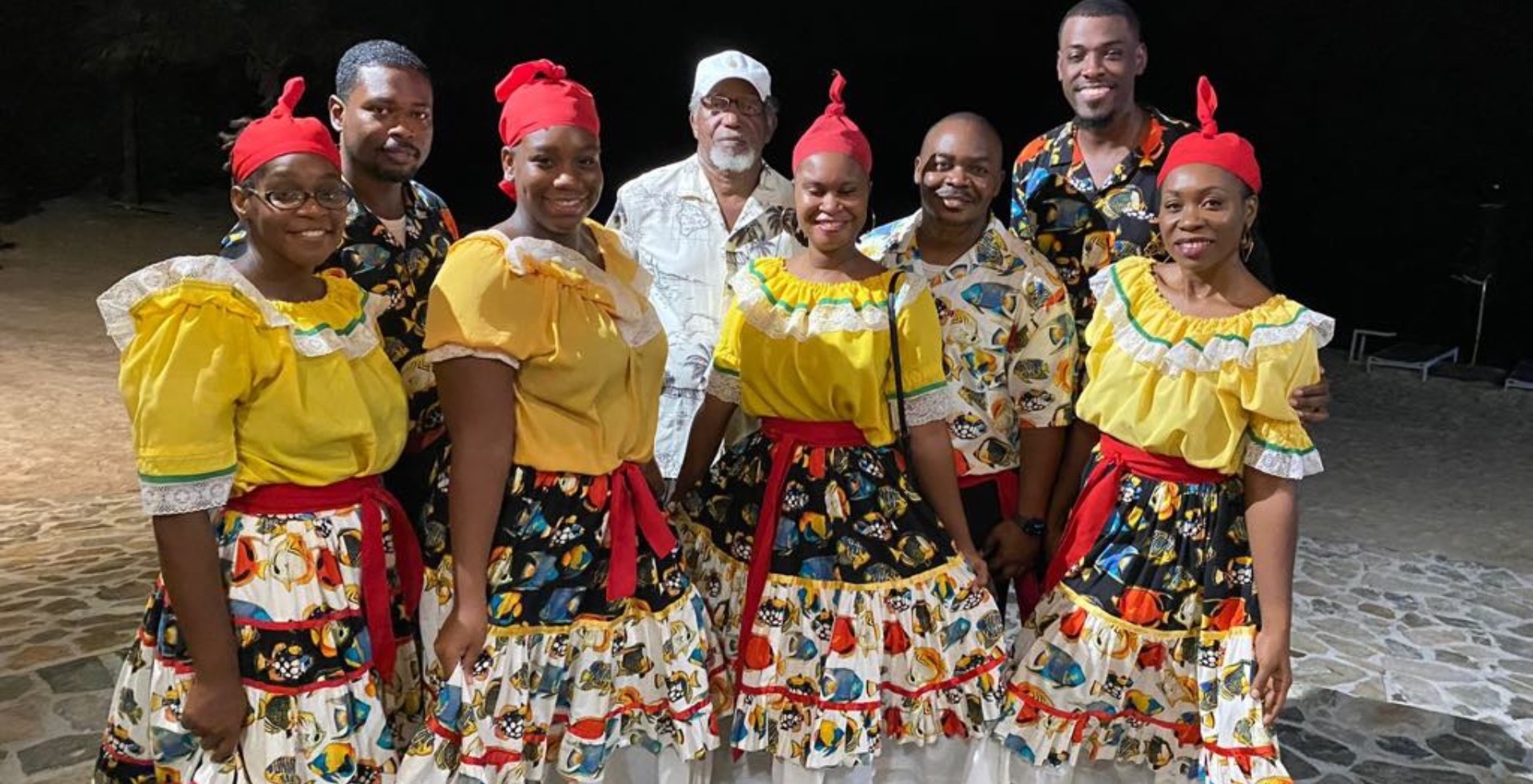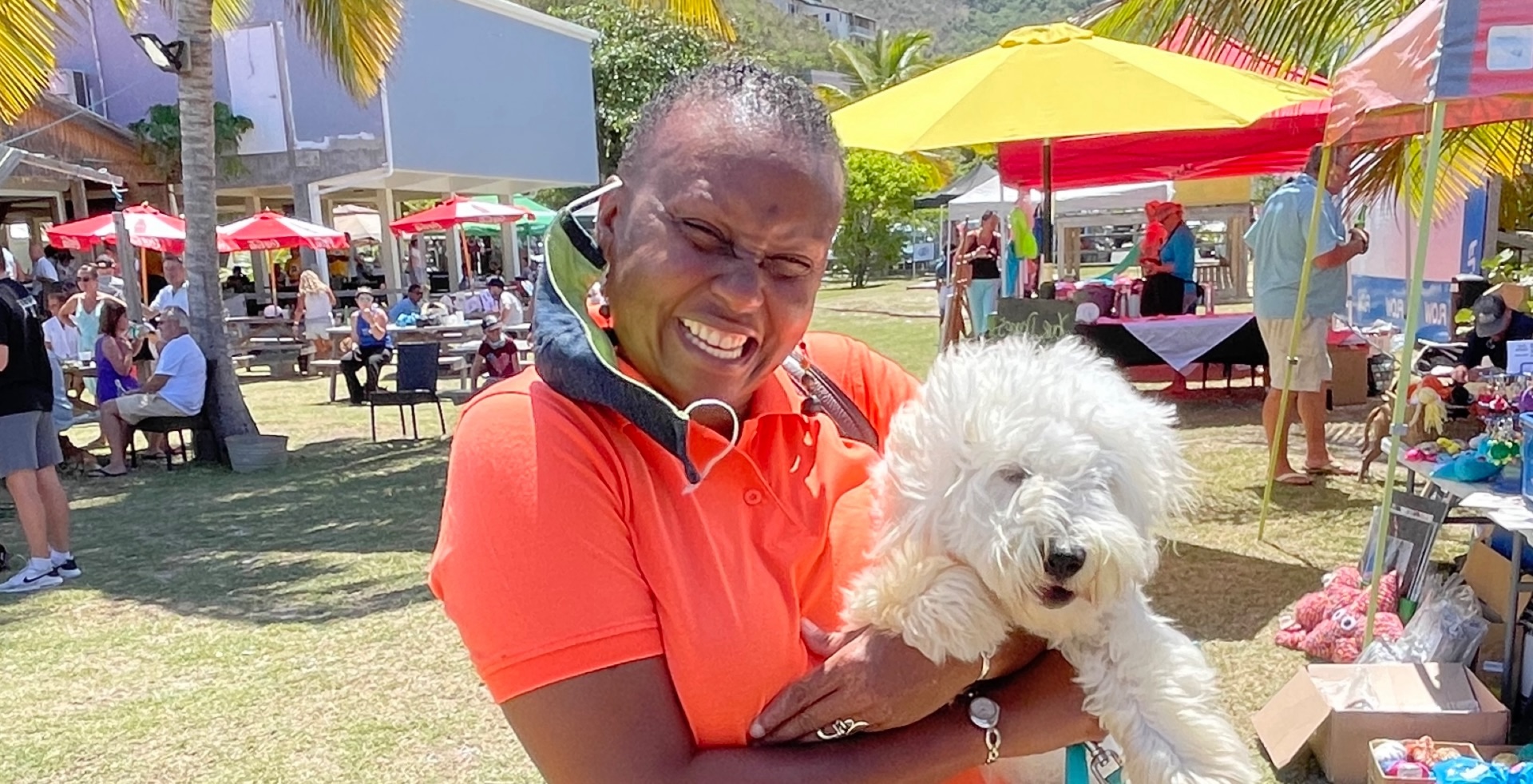Bake the BVI Way in a Traditional Brick Oven
By Jane Bakewell
How about a chance to not only indulge in local baking treats, but learn how to prepare and bake them the BVI way – in a traditional brick oven? The BVI Insider introduces you to Shyril Smith of The Brick Oven, who has started a fun and fascinating entrepreneurial business demonstrating the traditional baking methods in a wood-fired brick oven.
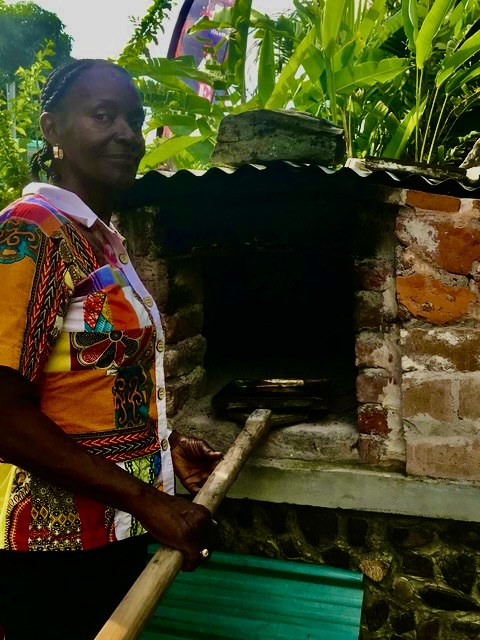
I recently drove down to Tortola’s West End to interview Shyril at The Brick Oven in the small village of Carrot Bay to hear about her interest in preserving the BVI’s culinary culture. Located just past the fisherman’s dock and up a short side road, her home/business is marked by colorful banner flag at the gate of her property.
With roots here for generations, Shyril is someone you might characterize as a “Traditional Culinary Preservationist” upholding baking and preserving methods from bygone eras. Keeping cultural traditions alive in the BVI is spearheaded by a visionary few, who see the value of ancestral wisdom and ingenuity impacting future generations. What is old eventually becomes new and increasingly, power outages often prompt interest in how things were done in “the good ole days.”
Shyril credits her mother for being the inspiration for her culinary passion. Growing up near Sebastian’s Restaurant, where her mother was a cook, she got experience as a young girl from her mother’s baking talents. The oldest of 12 children, Shyril attended the BVI High School and traveled to St Lucia twice for studies, once to a Hotel Trade School and later to get her certification at a Teacher’s Training College. She taught Home Economics at the BVI High School for 29 years. Later when her mother was employed as a private chef, Shyril followed in her footsteps as well.
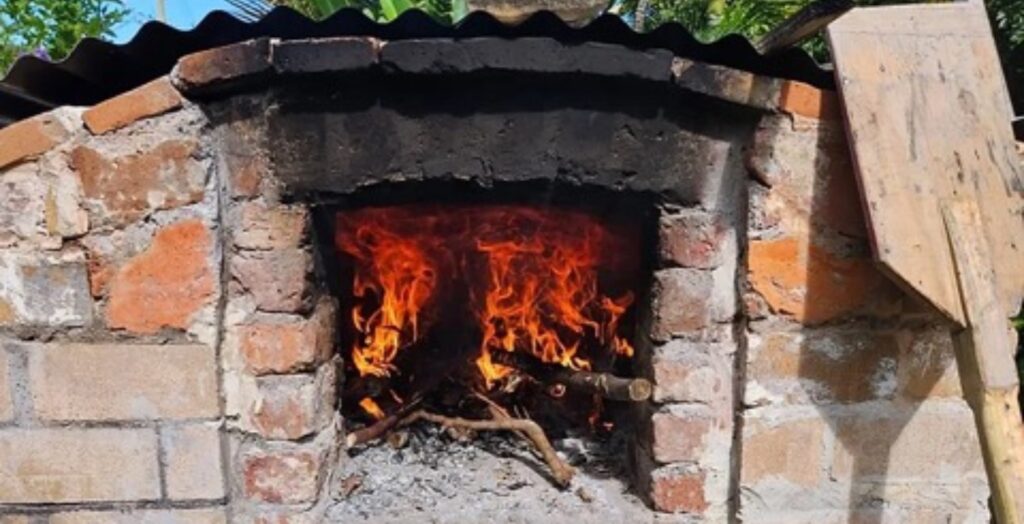
Besides the wonderful homemade brick oven, tucked behind the wall of Shyril’s “culinary complex,” there are many other works- in-progress. These include an overhead vine covered cooking area, a small concrete fountain and a tarp covered wood pile for the Guinep twigs and wood logs for the oven. There are planter beds off the house porch rail for herbs and a future garden planned for her property up the hill.
In 2020 Shyril began the work on building The Brick Oven, and after a break completed it by Christmas of 2023. All the bricks are locally sourced as well as the rocks in the base. A particular local rock called “blue bitch” is known for retaining heat. The “mortar” between the rocks and bricks consists of coral rocks, burned by fire down to a pitch and then collected and formed into a paste between the bricks.
My first question was, “Why guinep wood for baking?” Not only is it a readily available local wood, she explained, but it burns longer, and the ash residue keeps the bricks hot for the baking process. Once the wood placed in the oven has burned down, the ashes are swept into a pit inside the oven that has a side access door. Next a long wood pole called a “Peel,” with a shovel-shaped end is the carrier for the metal baking tray and dough. Once the dough and tray are resting on the oven floor, the shovel is removed, the corrugated tin cover is put over the door opening and wet rags are used to seal off the four sides to keep all the heat in.
In this age of digital timers and clocks, my next question was, “How do you time the bread and know when it’s done? “There is certainly no oven door with a glass window and a light to peer in.
“This comes with experience in baking and knowing these breads,” Shyril laughed. These are what we call “quick breads” made with baking powder, not yeast, so most breads take only 15 to 20 minutes. “You can know,” Shyril explained, “if the temperature is too high – you get an odor from the bread very soon after putting it in.” At this point you need to take the bread out and open the side ash door, so the cold air comes in the front and side. Once slightly cooled down the bread is put back in and the door sealed again.
On her porch, Shryil has a wonderful eclectic collection of other historic cooking and household items, including a traditional “coal pot” with upper and lower areas to put the hot coals. A fascinating table decoration is made from the old Sears & Roebuck Catalogue with some ingenious folding techniques. This catalogue’s pages were also used to spruce up and wallpaper the house at Christmas time using a flour and water paste.
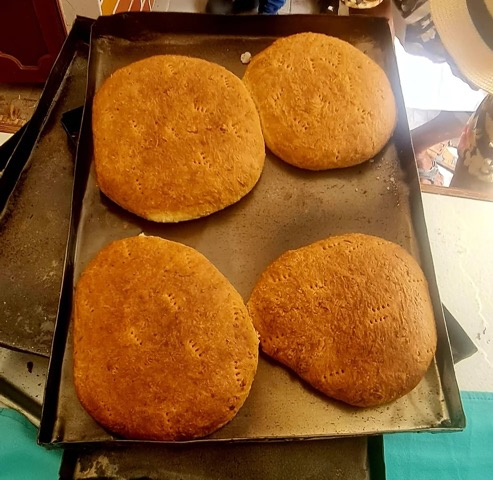
Christmastime in the BVI is when one sees many of the local quick breads and tarts for sale. Tart favorites include coconut, guava and pineapple. Quick breads ranging from coconut, banana, cornbread and the legendary “dumb bread” are often made in local kitchens. “Dumb bread” is the bread offered to the local Christmas caroling bands who go door to door in villages like Carrot Bay, “singing and sipping” generally a strong local guavaberry wine. The dumb bread, an unleavened heavy bread, helps to keep the carolers and musicians “sober” on their yuletide mission.
The unique experience of The Brick Oven offers a chance to learn how to bake these breads and pastries in a traditional style. There are personal two-hour group demonstrations, where you also get to enjoy tasting the results fresh out of the oven! A colorful brochure and website, show the different packages offered for culinary sessions.
Recently, The Brick Oven was visited by crew from the Discovery Channel to film her work of preserving cultural cooking methods, which will be aired in 2025. Hats off to “A taste of tradition” in BVI’s culinary culture.
Visit the website at: https://thebrickovenbvi.com

